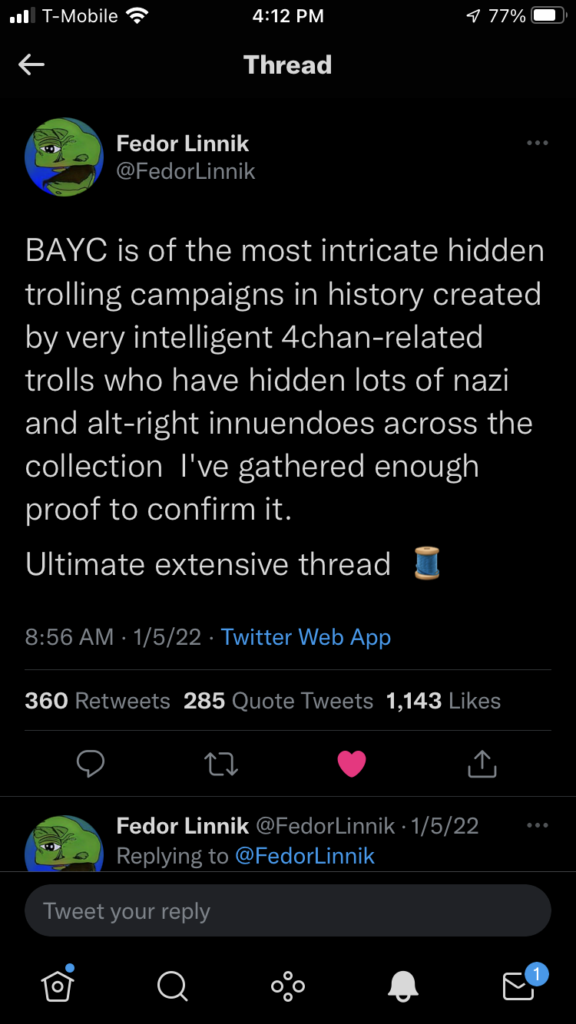I’ve had occasion to try to get an appointment at the consulate in Frankfurt. I’m helping someone with a visa situation. And holy fucking shit I had no idea how how hard it was to get a hold of someone, literally anyone, at the state department. Now I grant maybe they are a little busy at the moment but I’ve spent over 10 hours over the past 24 trying to get ahold of a person.
First I tried calling the consulate. I got lost in the phone tree several times. After finally learning the proper branches (it’s four steps in) I was able to get to an operator line. It rang. And rang. And rang. And rang. I let it ring for ten minutes. Nothing.
I decided to try another tactic. I went back into the phone tree to see if there was another number. I kept trying permutations. I hit dead end after dead end. Finally I got lucky. They provided a phone number. I took it down. I asked someone else to listen to it to be sure I hadn’t misheard. Our numbers matched. I called. “Your call cannot be completed as dialed.” Ok weird. Maybe let’s try with another country code. Nothing. If anyone can figure out what 032221093243 is supposed to be I’d very very grateful.
So the phone was a dead end. I began emailing. I was able to find a basic visa email for the consulate. The auto response said it was deleted.
In the meantime I had emailed constituent services at my Congressman’s office. I live in Colorado’s Second Congressional District so I am represented by Joe Neguse. They asked for proof of my address and my social security number. I had no idea if the website was secure but fuck it I hit submit. I got a response from a constituent services person. She said she would reach out to the consulate. Amazing! I felt like I was on a path to victory.
Ok….so now what? I emailed the consul again with a different format on a tip from an internet friend. This auto response had a link to a google sheet explaining how to write an email with the proper code to get a response! I sent in an email with the correct formatting to prevent automatic deletion. This generated an automated response. But that email had a a link to a live chat! Fuck yes! I opened the live chat. A bot responded. I answered a series of questions. The bot decided it was time to send me to a live operator. Please hold for a live operator.
I waited. And I waited. And I waited. After 48 minutes in the live chat box a human arrived. Fuck yes! I explained the situation. He said he would check on appointments. Please hold. I waited for another ten minutes. There were no appointments at all. He explained that this meant there were no available appointments. That sadly 999 days till the next appointment meant that there were no appointments. There was nothing he could do.
The next day my congressional support person emailed back saying she had heard from the consulate. So clearly constituent services works great! Alas the news from the consulate was bad. They confirmed what the live chat had said. There was no appointments to be had. They included the same live chat link. The best advice they had was to keep checking back for appointments but it was unlikely to open up. We could check other cities but most of them also listed no available appointments. And they issued a warning. You cannot reschedule too often as after more than two changes to the system you are forced into a six month waiting period before you are allow to try again.
So that’s the end of my Kafkaesque twenty four hours. With no resolution in sight. If any of my friends have friend at the state department that can figure out how to schedule an appointment for visa services at the consulate in Frankfurt (though we will happily travel to any other German city too) hit me up. Until then I think I’ll be lobbying Congress for a bigger budget for our consular services. Maybe even try my hand at immigration reform.
